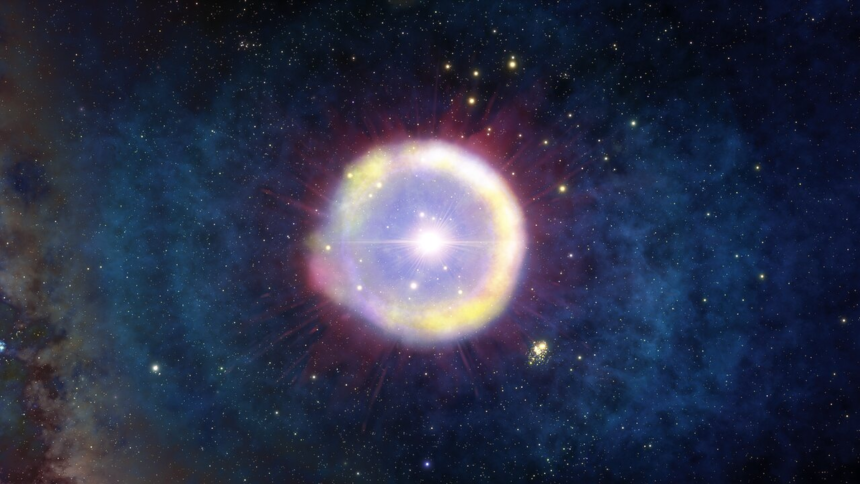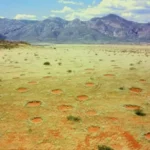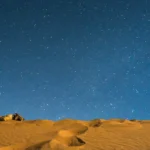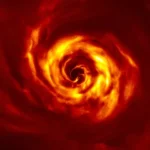For the first time, scientists have found the first evidence of the first generation of stars in the early universe. Images from the James Webb Telescope have revealed a galaxy whose light has traveled the cosmos for more than 13 billion years, revealing the absence of elements other than hydrogen and helium.
The GN-z11 galaxy is one of the most distant known — in fact, it was once the record holder in the distance, being surpassed shortly after. The distance indicates that the image captured by James Webb shows what the galaxy looked like when the universe was just 430 million years old.
Scientists can determine the elements in stars and galaxies by analyzing the light collected by the telescope’s spectrographic instruments. This is a powerful tool for discovering the age of a cosmic object.
According to a recent study by Nature, observations of GN-z11 revealed evidence of the first generation of stars, Population III stars (This sounds complicated, but it’s just a fancy term for the first group of stars ever formed in the universe). They are made only of hydrogen and helium forged during the Big Bang.
In the standard model of cosmology, when Population III emerged, there were no elements heavier than helium in the universe. After all, all other elements on the periodic table are made from the nuclear fusion of stars, and there were none before this population.
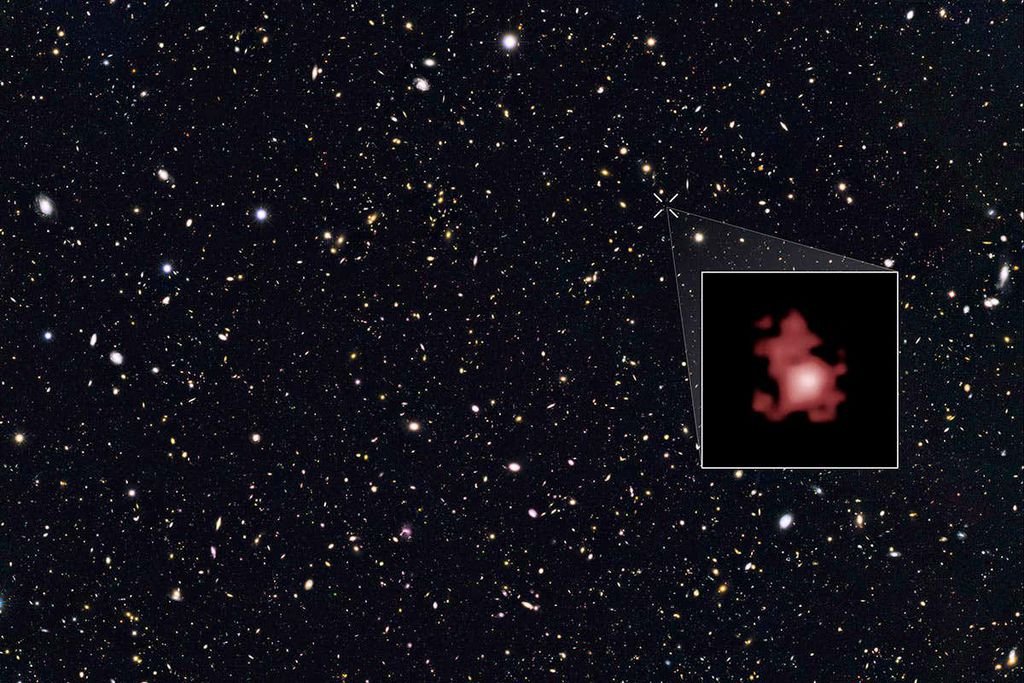
So far, Population III is only hypothetical, as direct evidence of its existence has yet to be found. This begins to change with the new study, although its evidence is still indirect.
The authors studied an unusual brightness in the galaxy GNz-11, which also occurs in other galaxies found by James Webb at the same distances. They found a helium gas cloud getting hit by super strong invisible light. They think this light can only come from the universe’s first stars, Population III stars. It’s like seeing a shadow and figuring out a light shining somewhere, even if you can’t see the light itself.
To ionize all this gas, you would need a group of stars that, in total, had about 600,000 solar masses and a combined luminosity 20 billion times the brightness of the Sun. The theory is that Population III stars would have been able to meet these requirements, and studies show that galaxies like GN-z11 could form them.
This same team also found evidence of a supermassive black hole, described in another paper, with two million solar masses at the center of GN-z11. They discovered that the black hole and Population III stars are related to the “rain” of radiation and ionized chemical elements in the galaxy.
The study on the candidates for the first stars in the universe has been accepted for publication in the journal Astronomy & Astrophysics.




